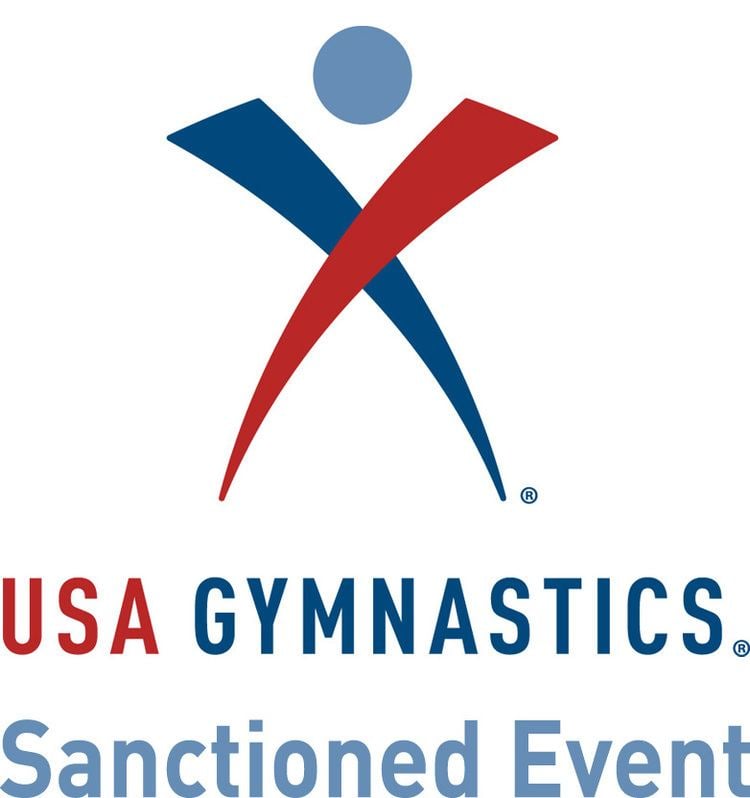Abbreviation USAG Main organ Board of Directors President Steve Penny Founded 1963 Motto Begin Here. Go Anywhere. | Formation 1963 (1963) Staff more than 40 CEO Steve Penny (Apr 2005–) Purpose Sports governing body | |
 | ||
Type 501(c)(3) not-for-profit organization Membership more than 174,000 (more than 148,000 competing athletes) Parent organization International Federation of Gymnastics (from October 1970) Profiles | ||
Olympics usa gymnastics team dominates
United States of America Gymnastics (USA Gymnastics or USAG) is the national governing body for gymnastics in the United States. Established in 1963 as the U.S. Gymnastics Federation (USGF), USA Gymnastics is responsible for selecting and training national teams for the Olympic Games and World Championships. The mission of USA Gymnastics is to encourage participation and the pursuit of excellence in all aspects of gymnastics.
Contents
- Olympics usa gymnastics team dominates
- Elite
- TOPs
- HOPEs
- Junior Olympics
- Xcel
- National teams
- Board of directors
- References
The programs governed by USAG are:
The Women's Artistic program—comprising the events vault, uneven bars, balance beam, and floor exercise—is by far the most well known to the public, with several nationally televised competitions each year. Events in the Men's Artistic program include floor exercise, pommel horse, still rings, vault, parallel bars, and horizontal bar.
Elite
The Elite Program consists of regional and national training programs and competitions designed for athletes aspiring to represent the United States in international competition. Athletes participate at Developmental, Open, Pre-Elite, and National Team training camps. Only athletes at the National Team level are called "elite gymnasts". There are two Elite groups: Junior Elite (ages 11-15) and Senior Elite (ages 16+).
Annual elite-level competitions include the American Cup, U.S. Classic, and U.S. Championships, as well as multiple National Qualifying Meets throughout the year. Junior and Senior National Teams are selected based on performance at the U.S. Championships. These athletes then compete at the World Championships. In Olympic years, elite gymnasts compete at the Summer Olympics.
In order to get to Elite, a gymnast must pass both the elite compulsory and optional qualifiers. In elite compulsory qualifiers, gymnasts compete a basic routine to make sure that the gymnast has all the basics like twists, handsprings, jumps, leaps, kips to cast handstand, giants, turns, and more. In elite optionals, the difficult skills of the gymnast are evaluated, like pak saltos, releases, complex dismounts, multiple tucks/twists, double layouts, twisting vaults, and more.
TOPs
The Talent Opportunity Program (TOPs) seeks to identify talented female gymnasts aged 7–10 for further training up to the elite level. It consists of state and regional evaluations followed by a national test of physical abilities and basic gymnastics skills in October of each year, culminating a national training camp in December.
HOPEs
The Olympics Hopefuls program (HOPEs) is a program to identify talented gymnasts and train them to an advanced level. It's basically an advanced version of TOPs, for gymnasts between ages 8-12. In order to qualify for HOPEs, a gymnast must pass both the elite compulsory and optional qualifiers, and get a certain minimum score. All elite gymnasts must qualify and compete HOPEs in order to be able to qualify Junior/Senior Elite. HOPEs Elite gymnasts compete at elite meets, but not as a Junior Elite.
Junior Olympics
The Junior Olympic Program provides training, evaluation, and competition opportunities to allow developing gymnasts to safely advance at their own pace through specific skill levels. Most competitive gymnasts advance through this system.
As of August 1, 2013, the levels are as follows.
Skills are grouped by degree of difficulty and given the letter ratings A–E, with A denoting the easiest skills. Levels 6–8 have difficulty restrictions, in that a gymnast competing at one of these levels may not attempt skills above a certain level of difficulty (for example, level 6 and 7 gymnasts may only include A and B skills in their routines). Levels 9 and 10 have no such difficulty restrictions, although level 9 gymnasts may include only one D or E skill in any single routine.
In addition to demonstrating the necessary skills, gymnasts must reach a minimum age to advance to the next level. For example, level 8 and 9 gymnasts must be at least 8 years old; level 10 gymnasts must be at least 9 years old. Regardless of age, all beginning gymnasts enter the program at level 1 and may advance through more than one level per year. Competitions for gymnasts at level 7 culminate in State Championships, level 8 at Regional Championships, level 9 at Eastern or Western Championships, and level 10 at Junior Olympic National Championships.
Prior to August 1, 2013, the developmental levels were numbered 1–4, the compulsory levels 5–6, and the optional levels 7–10. The old levels 1 and 2 have been combined into the new level 1; level 7 has been split into the new levels 6 and 7; and the numbering of levels 3–6 have each been shifted down one level for the new system.
Xcel
The Xcel Program provides training and competition experience for gymnasts outside of the traditional Junior Olympic program. Its stated purpose is "to provide gymnasts of varying abilities and commitment levels, the opportunity for a rewarding gymnastics experience." Participants compete in individual and team competitions in Bronze, Silver, Gold, Platinum, and Diamond divisions, based on age and ability level.
National teams
Board of directors
USA Gymnastics is governed by a Board of Directors that includes several famous former gymnasts. Among these are Chairman Peter Vidmar; Athlete Directors Michael Rodrigues, John Roethlisberger, and Kim Zmeskal; and Public Sector Director Mary Lou Retton.
